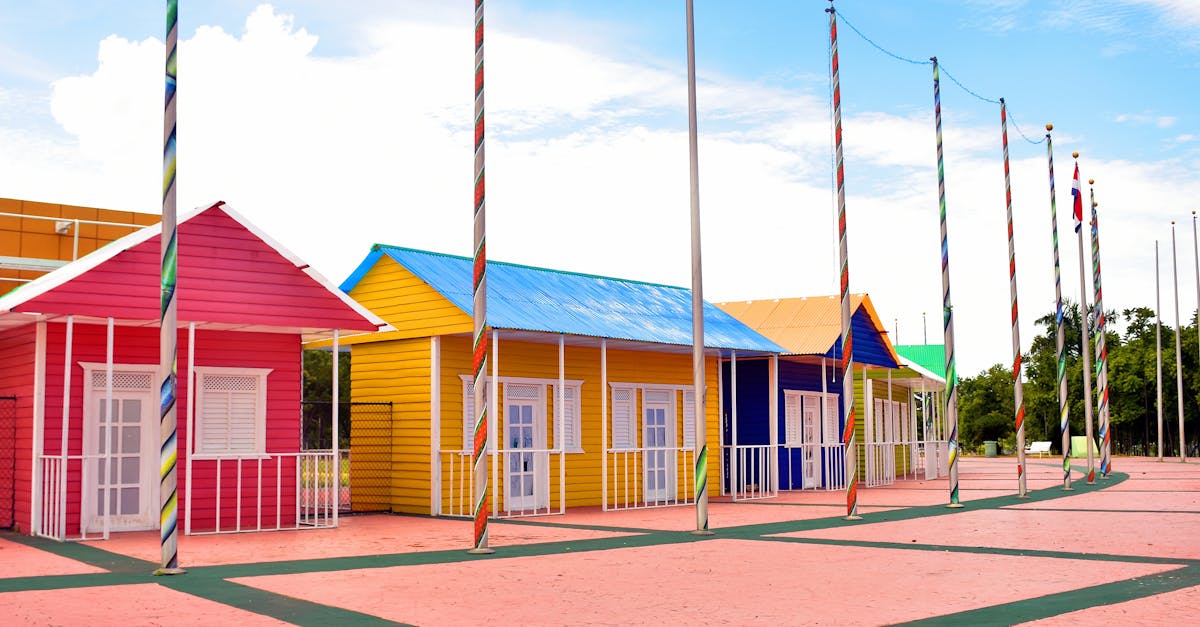
Clean Renewable Energy Source
FAQS
Are solar panels a cost-effective energy solution for Australian homeowners?
Solar panels offer an environmentally friendly and sustainable way to power your home. By harnessing the sun's energy, you not only reduce your carbon footprint but also contribute to a cleaner environment. This eco-friendly approach to energy production can lead to lower energy bills while promoting sustainability for future generations.
Durability and Low Maintenanc
The combination of the vegetation, growing medium, and roof structure can help absorb and block sound, improving the acoustic performance of the building.In addition to its energy efficiency, solar power is a sustainable resource that helps combat climate change by providing a clean and renewable energy source. Unlike fossil fuels, solar power does not produce harmful emissions that contribute to air pollution and global warming. By investing in solar panels, homeowners can actively contribute to a healthier planet while enjoying the long-term benefits of sustainable energy production.How can I check for leaks in a newly installed wood shingle roof?
Do vegetated roofs contribute to aesthetically pleasing landscapes?Clean Renewable Energy Source
Yes, vegetated roofs can enhance the visual appeal of a building by creating green spaces that are visually attractive and environmentally friendly.Using solar panels as a source of clean and renewable energy provides numerous environmental benefits. By harnessing the power of the sun, solar panels produce electricity without emitting harmful greenhouse gases or pollutants into the atmosphere. This helps to reduce our carbon footprint and combat climate change, making solar energy an eco-friendly choice for homeowners looking to contribute to a more sustainable future.What are some finishing touches that can be added to enhance the overall appearance of a wood shingle roof replacement?
Can vegetated roofs enhance property values?Additionally, solar panels offer a reliable source of energy that is not dependent on finite resources such as fossil fuels. As long as the sun continues to shine, solar panels will continue to generate electricity, making them a sustainable and long-term solution for powering homes and businesses. This reliability and sustainability make solar energy a smart investment for those looking to reduce their reliance on non-renewable energy sources and secure a more sustainable future.Finishing Touches
Are solar panels a cost-effective energy solution for Austr Once you are satisfied with the placement of the shingles, clean up any debris or excess materials that may have accumulated during the installation process. This final step will not only give your new wood shingle roof a polished appearance but will also prevent any potential damage from debris. Remember, attention to detail during the finishing touches will result in a high-quality and long-lasting wood shingle roof replacement.alian homeowners?Related LinksTrimming and Cutting ShinglesYes, installing solar panels on your roof can lead to significant long-term savings on your energy bills.
Design Considerations for Vegetated Roofs in Australian ClimatesWith precision and attention to detail, trimming and cutting the wood shingles is a crucial step in the roof replacement process. Each shingle must be accurately measured and cut to fit perfectly into place, ensuring a seamless and professional finish. Using a sharp utility knife or specialised cutting tool, the shingles can be easily trimmed to the required size without compromising their integrity.How durable are solar panels and what maintenance do they require?Maintenance Tips for Vegetated Roofs in AustraliaIt is essential to maintain a consistent overhang along the edges of the roof, ensuring proper water drainage and protection fSolar panels are known for their durability and require minimal maintenance over their lifespan, making them a hassle-free investment for homeowners.
What are the advantages of solar panels in terms of energy efficiency and sustainability?